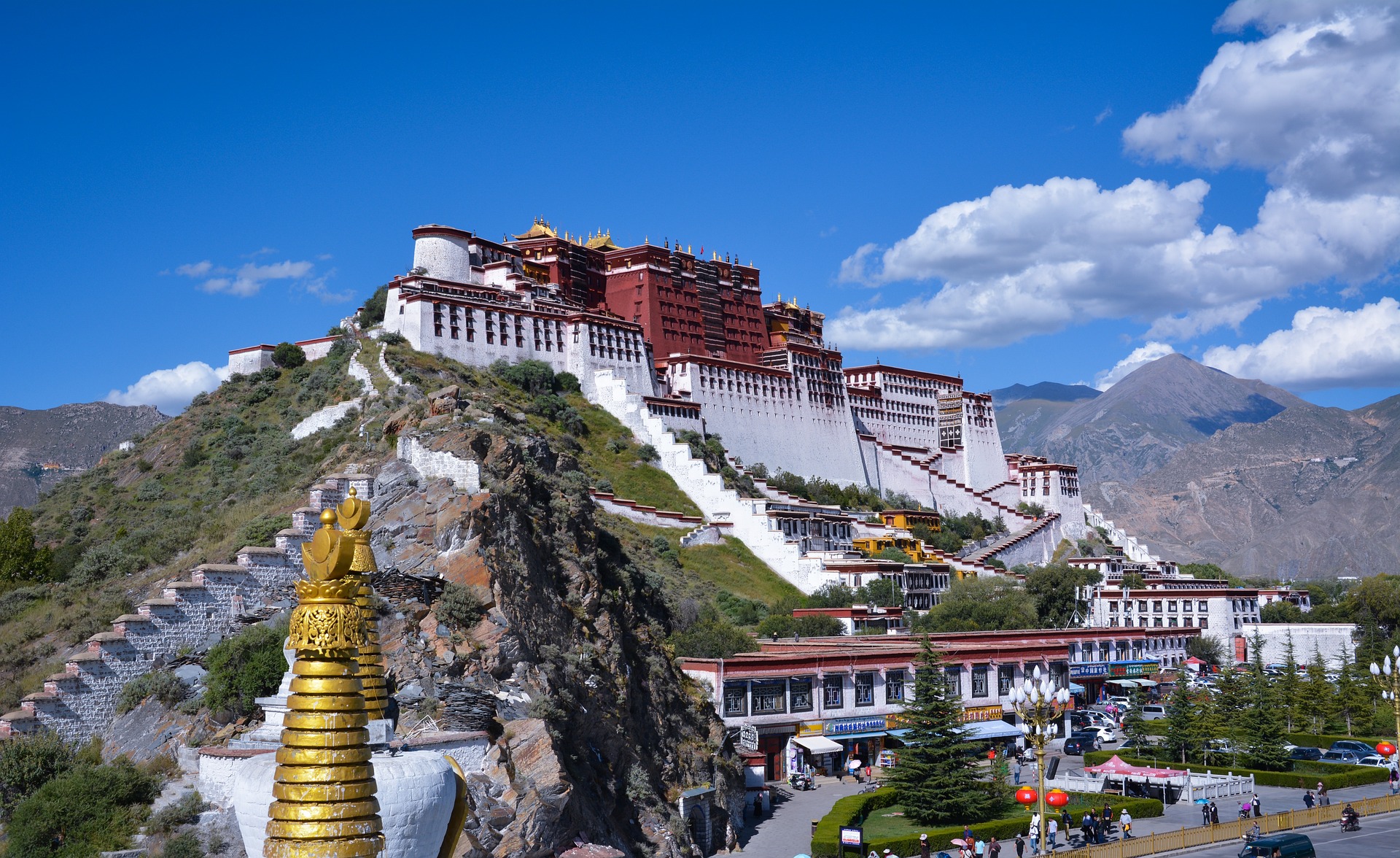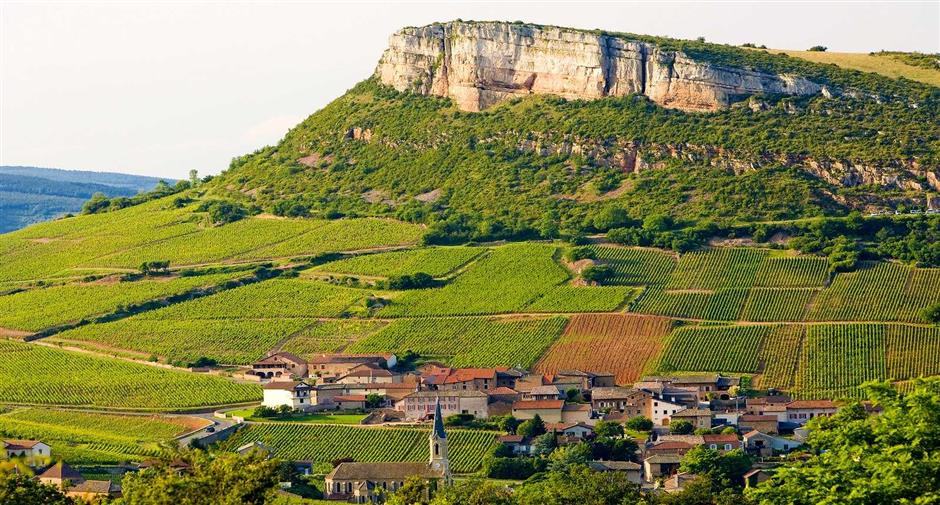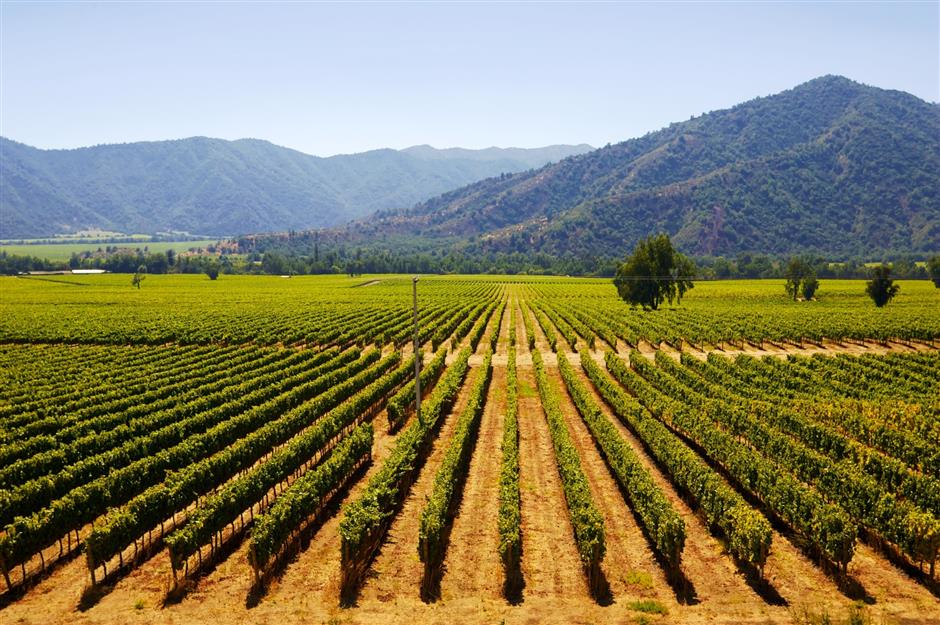There’s something quite mystical and a little wild about human settlements at great elevations. Perhaps nowhere does this magic manifest itself more beautifully than in than Lhasa, Tibet. This past weekend I had the privilege to travel to Lhasa to be with wine-loving friends including the world’s most famous winemaker Michel Rolland.

Flying winemaker
There are precious few people in the wine world that travel more than I do, but my friend Michel Rolland is certainly one. Often referred to as the flying winemaker, Michel has played a key role in revolutionizing the practice of modern winemaking that integrates the best of the old and new. He’s become the world’s first global winemaking superstar and yet remains one of the approachable and affable persons in the business. His clients include over 150 wineries in most of the world’s major wine regions. So needless to say having the opportunity to hang out with Michel and his lovely companion Isabelle, who in her own right is an accomplished wine writer, and taste a variety of wines at altitude in beautiful Lhasa made for one pretty amazing weekend.
Wine appreciation in Lhasa
Lhasa has long been a place to experience some of the world’s most spectacular scenery and unique culture. But wine appreciation in Lhasa has been almost non-existent. Two significant problems have stymied proper wine drinking, the first being the challenging high altitude environment and the second a dearth of products, venues and service.
Lower oxygen and humidity conspire may change the performance of wine. I have long noticed that wines on airplanes often don’t perform as well as they do on the ground. Many delicate and structured wines that are simply delightful at sea level loose much of their appeal at altitude. Many airlines choose more fruit forward wines with moderate tannins and mild acidity, not always with good results. Our tastings at even at the more rarified 3,700+ altitude of Lhasa provided some surprises.
Champagne in general, and in particular a bottle of Bollinger Rose enjoyed under Tibetan midnight moon, performed very well exhibiting all the lively fruit, tingling fine bubbles and fresh acidity Champagne lovers expect. The performance of red wines varied with some lesser examples of domestic wines tasting even more flat and indifferent then they do at normal altitudes. Despite our lack of success tasting local brand wines, Michel Rolland explained that he’s quite optimistic that China will make increasingly good wines. He cited the dynamic and vibrant attitude of Chinese businessmen including winemakers as well as the diverse terrior across China as promising factors for domestic wines. Tasted with Tibetan food a common red wine from Pays d’Oc in the south of France was quite drinkable and was probably as good in Lhasa as it tastes anywhere. Whites with good acidity including a New Zealand Sauvignon Blanc I tasted performed according to expectation. But by far the best performing wines we tasted were 2006 and 2008 vintages of the Saint-Emilion Grand Cru Chateau Haut-Brisson. Intriguingly this Bordeaux chateau is owned by the Chinese Kwow family and is generally considered the best Chinese-owned winery in the world. But alas the story of this ascending chateau and magnificent wines must wait for a future column.
To learn more about the special effects high altitude has on the breathing time needed for red wines, Michel Rolland suggested opening two bottles of 2006 Chateau Haut-Brisson and tasting one that evening and the other the next day. Quite amazingly the bottle tasted the next day was better with softer tannins and more integrated flavors. We concluded that while the low oxygen environment in Lhasa may necessitate more breathing time, most well made wines that are delicious at sea level will also perform well at altitude.
Venues
Until recently trips to Lhasa have necessarily meant a certain degree of hardship. This was true for people and also for wines. Knowledge, availability, storage, accessories and service were virtually non-existent. Of course, visitors could still bask in the beauty of culture of this elevated paradise but for wine lovers there was definitely something missing.
The opening of the Four Points Sheraton about five years ago and subsequently the 5-Star St. Regis, where I was fortunate enough to stay, changed everything. Now wine lovers can experience the great culture and beauty of Lhasa and not have to forsake or compromise their passion for wine. Everything from very creditable selections to crystal glasses and delicate service are now available. These may sound trivial to some, but I’ve grown up and lived my life with the premise that good wine makes good food even better, and visa versa; and a true cultural experience isn’t complete without local cuisine paired with fine wine.
Lhasa treats with wines
If you really want to say you’ve been to Lhasa then partaking in local cuisine is a must. If you want the food to taste even better, then your best choice is wine. Because of its general insensitivity to environment and care, the neutral and non-offending qualities of beer have long made it one of the preferred accompaniments with Tibetan food. While there is nothing wrong with beer unlike wine it seldom makes anything taste better. Based on an admittedly small sample, here are some of my favorite Tibetan food and wine pairings.
The hills and mountain sides of Tibet are replete with yak. Known in Chinese as hairy cows, the meat of these sizable beasts is much beloved. In the Makyiama restaurant in downtown Lhasa, named after an amour of the 6th Dali Lama, I enjoyed yak prepared two ways. One grilled like a steak and served with a side of stimulating red chili sauce and the other stewed. The grilled yak was crispy on the outside and nicely red inside and made a lovely companion to our Cabernet Sauvignon from the south of France. The stewed yak was tasty but the curry and other spices in the sauce would have matched better with a Grenache or Syrah red wine. My favorite yak dish from the Si Zi Kang Tibetan Restaurant at the St. Regis was Tibetan Yak Feet Jelly. This tantalizing appetizer with a texture and flavor not that dissimilar to a good European headcheese matched exceedingly well with our 2006 Chateau Haut-Brisson.
Though yak dishes paired with our French and Chilean red wines were the culinary highlights of my Lhasa long weekend, I was also impressed by the high-altitude vegetables including sweet and tangy tomatoes and flavorful potatoes with palate pleasing sensations of minerals.





